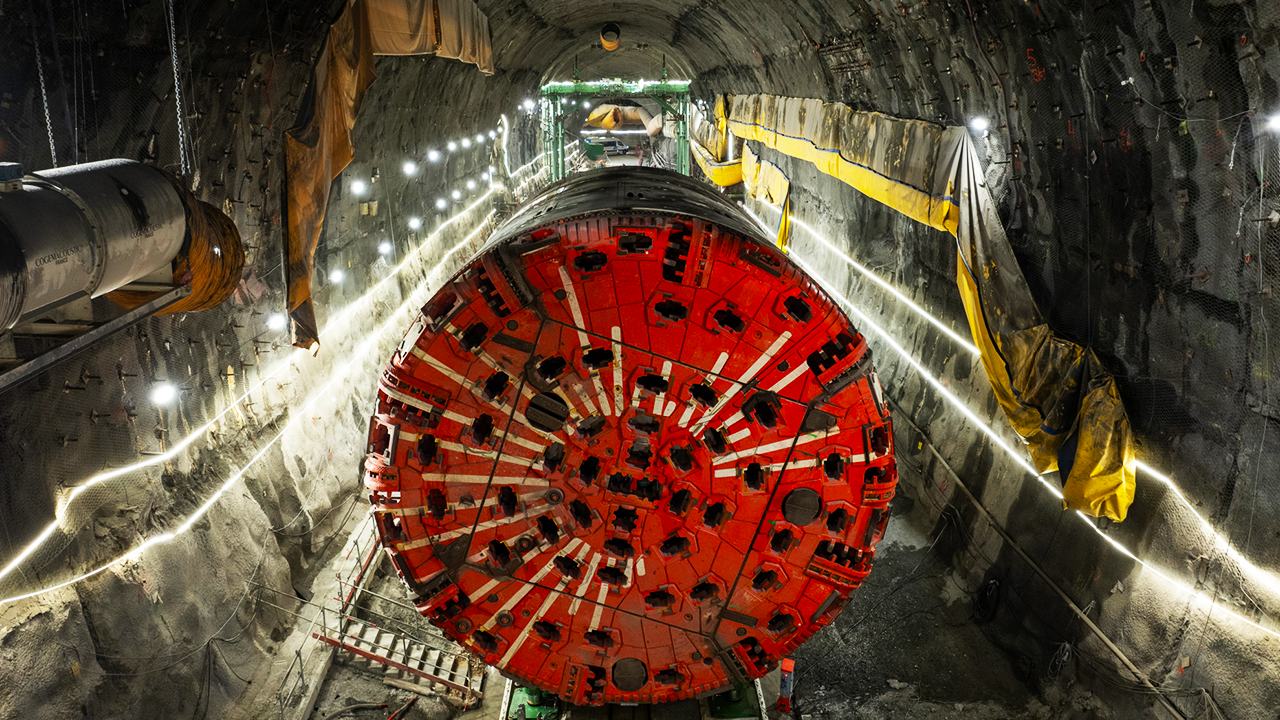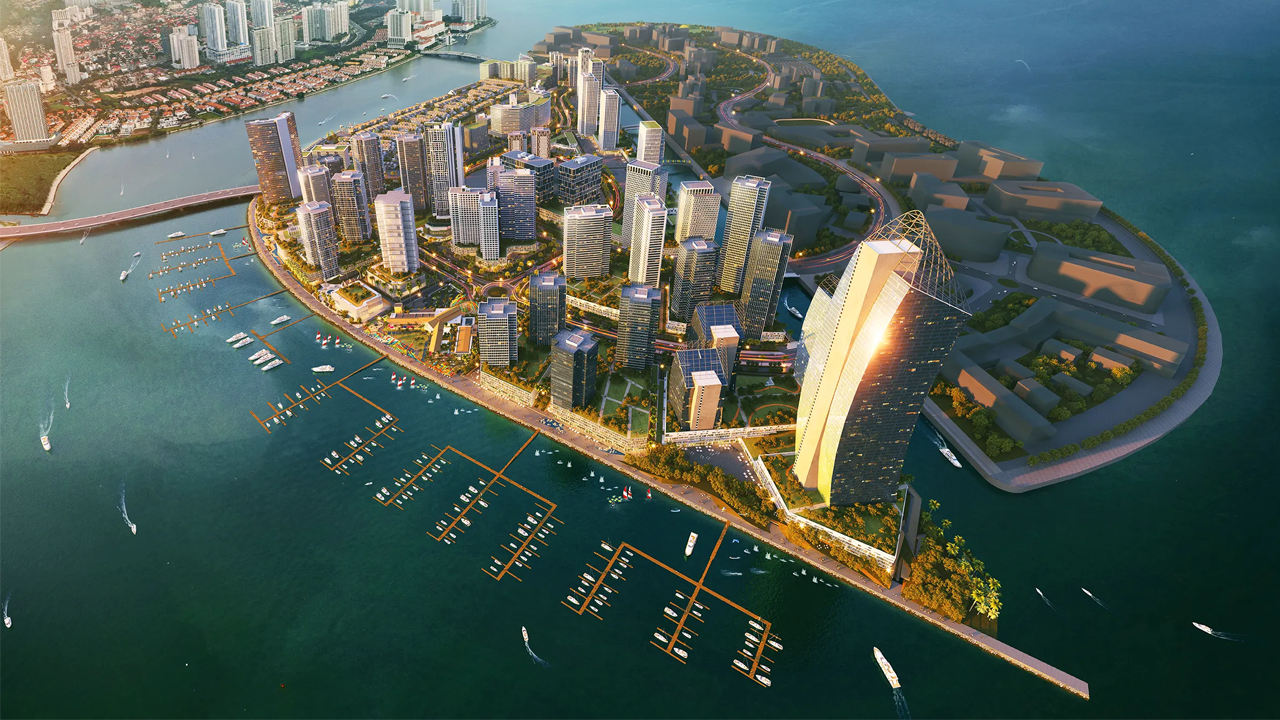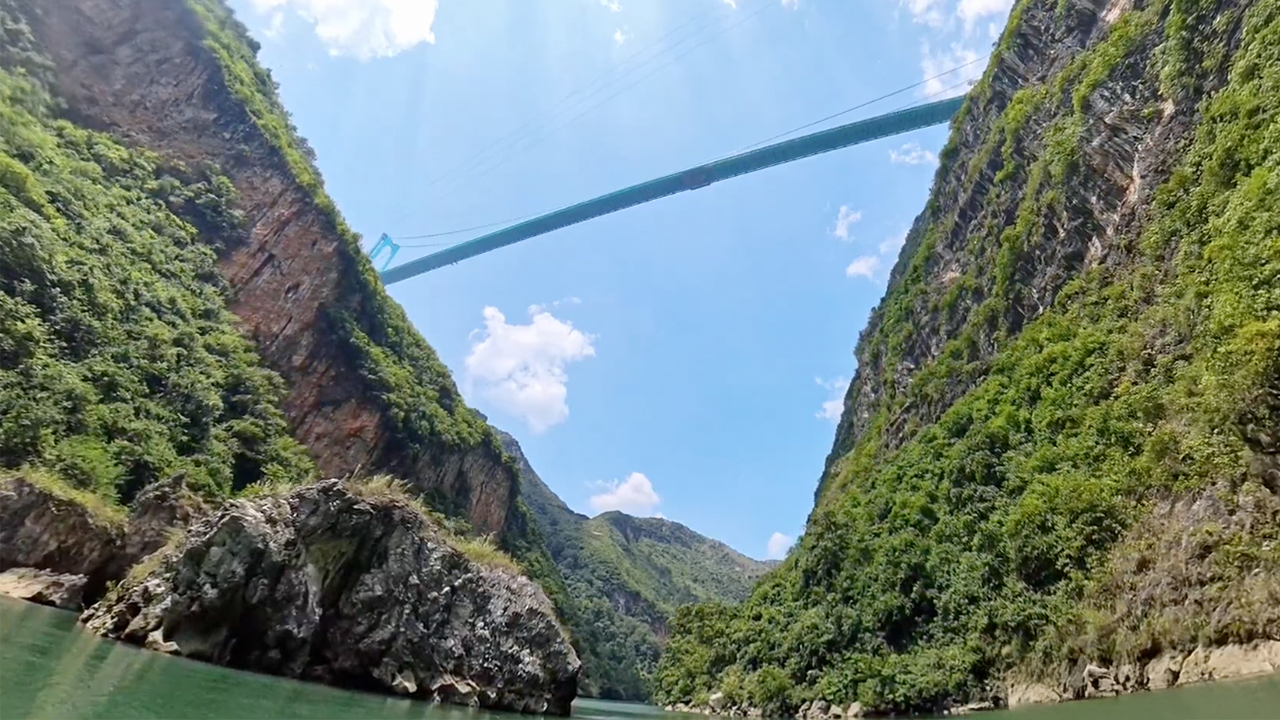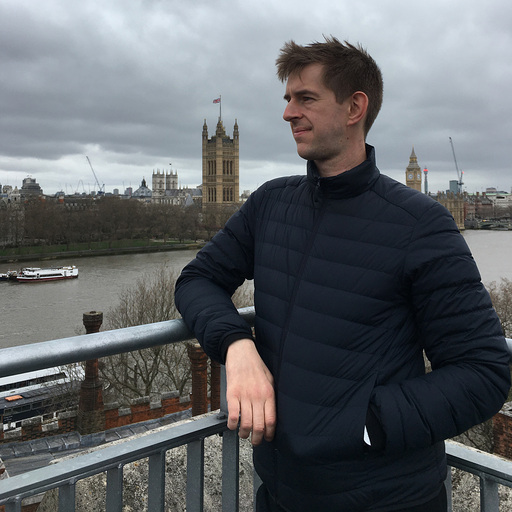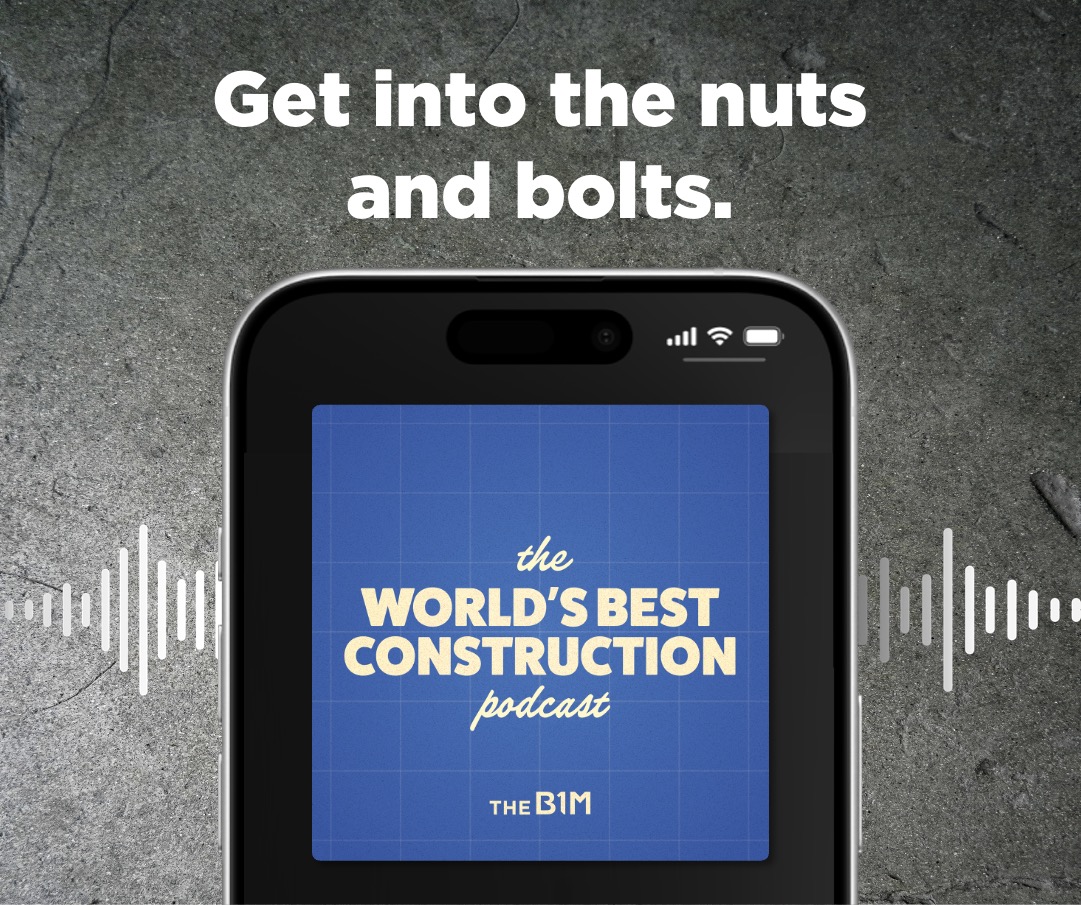Can $68BN Save New York’s Subway?
- Youtube Views 1,293,752 VIDEO VIEWS
Video hosted by Fred Mills.
THERE'S no denying that the New York City Subway is iconic.
But it's safe to say it's in need of some TLC. And that's coming in the form of a $68BN cash injection.
For all the jokes we could make about it, the New York City subway has a lot of challenges other networks don’t have to deal with. First off, it is massive. It’s more than two and a half times the length of the London Underground.
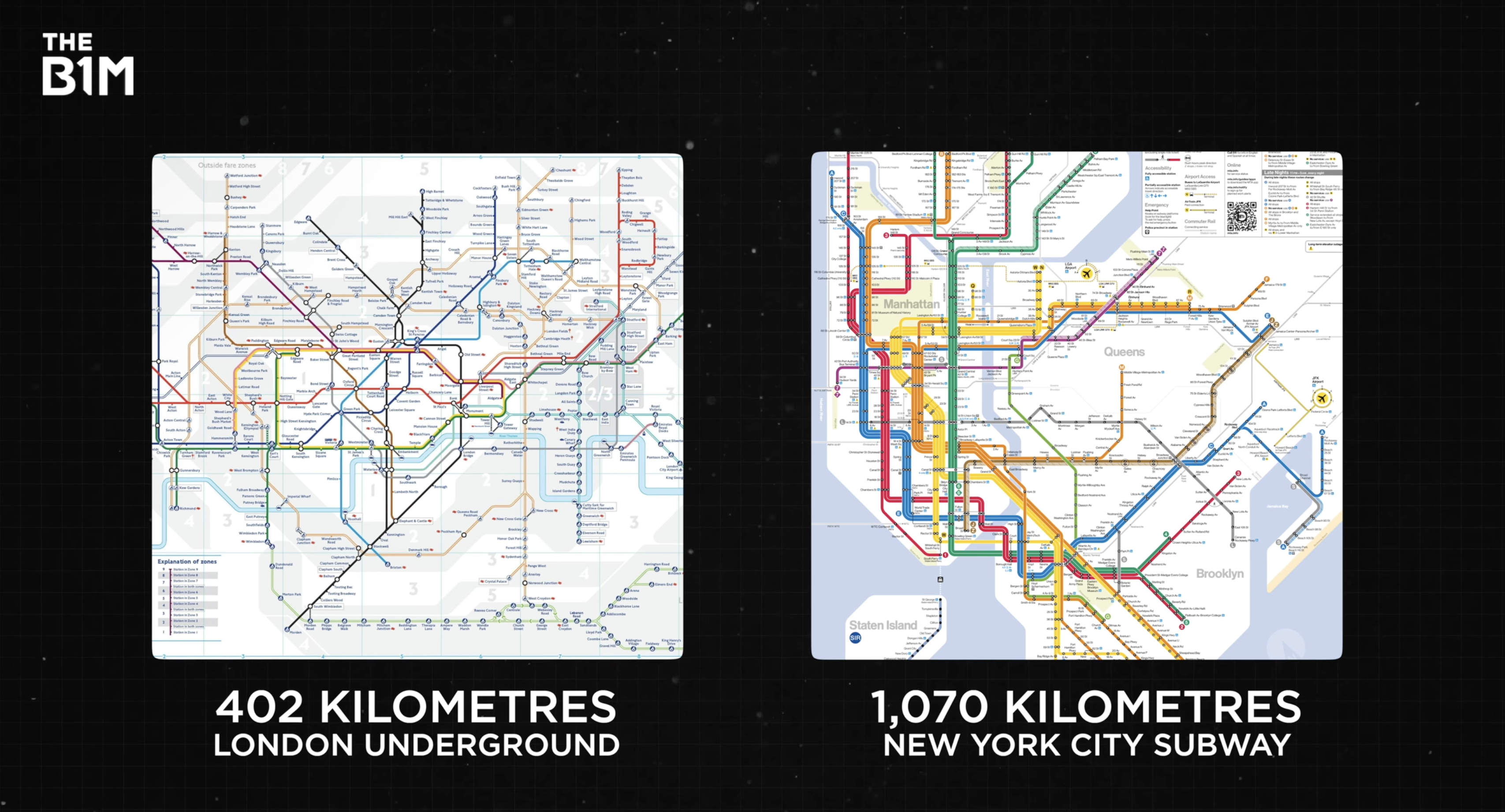
Above: The London Underground is 402KM long whereas the NYC Subway is 1070KM.
And it has the second most number of stations in the world, after Beijing. It also runs 24 hours a day, seven days a week, 365 days a year.
In fact, the New York subway has only closed down 13 times in its entire history... including that time Conan O’Brien drove a bus. So, forgive it for being a bit careworn.
But help is coming down the tracks, in the form of the 2025-2029 Capital Plan.
Announced by MTA CEO Janno Lieber in September 2024, this is the single biggest spending plan in New York’s History. A whopping USD $68.4BN is being given to the Metropolitan Transportation Authority, which runs the Subway. Which is good news for stations like Brooklyn’s Smith–9th Street station. Nicknamed the Mt Everest of subway stations, it's finally getting an elevator.
But it's not all elevators, the subway has a shiny new fleet of cars incoming: the R211, which began operating in the Bronx earlier this year. It has wider doors, digital screens and enhanced security features like cameras in each car and an open gangway.
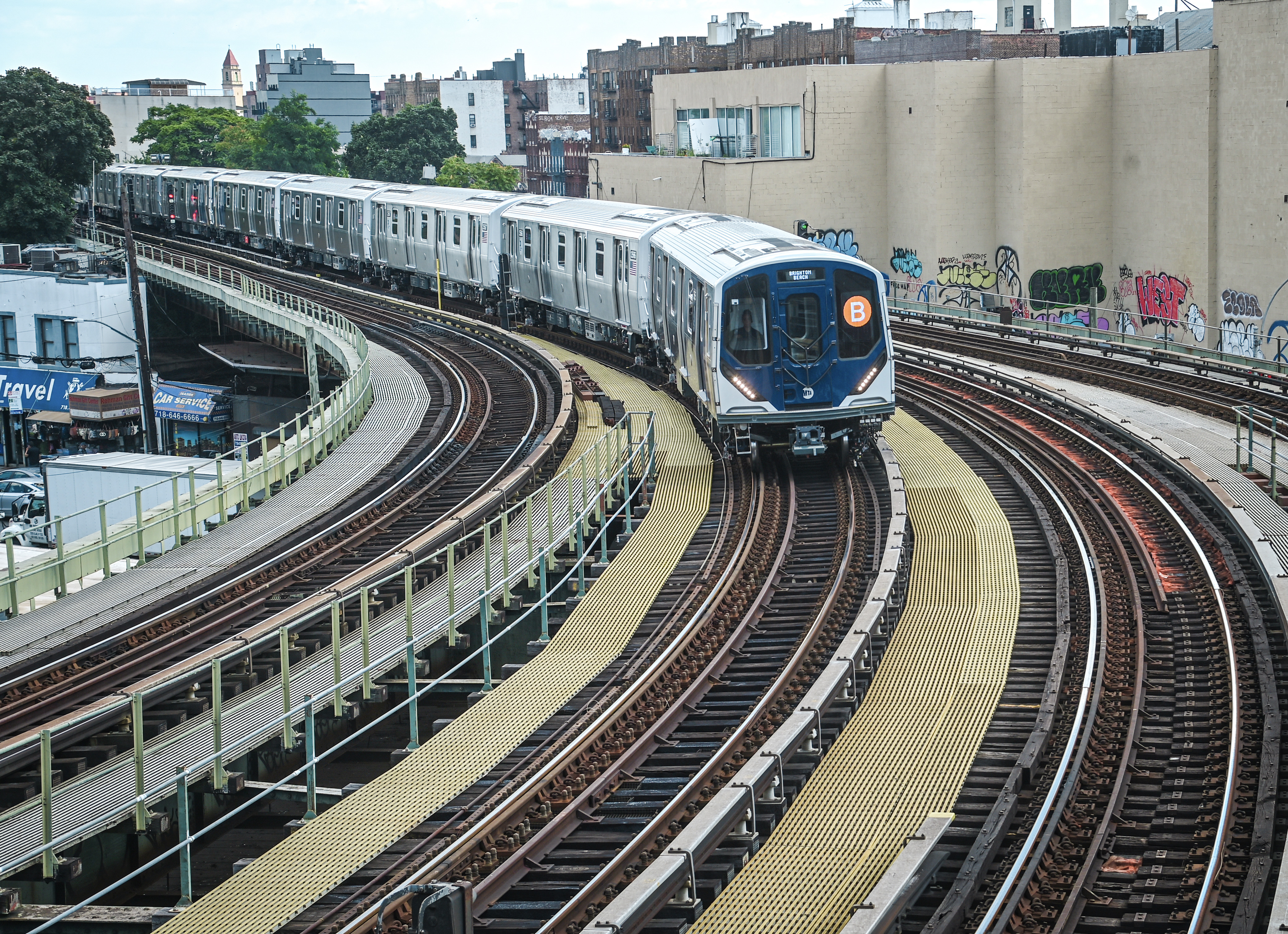
Above: A new R211S train car. Image Courtesy of the MTA.
Trains like this will replace the MTA’s ancient fleet of R46 and R44 trains on six lines. These trains entered service in the 1970s and are notorious for breaking down. On average an R46 train fails every 46,000 miles whereas its shiny new replacement can roll on for 220,000 miles without fault.
Which should go some way to solving one of the subway's most notorious problems. Because, ask any New Yorker the worst thing about the subway and they’ll probably say its the endless delays.
With the exception of all but two lines, the subway runs on this: fixed block signalling. This is where the track is split up into blocks. When a train enters a block, the system flags it as occupied. It keeps traffic at a safe distance by creating a buffer zone behind it, which following trains can’t enter.
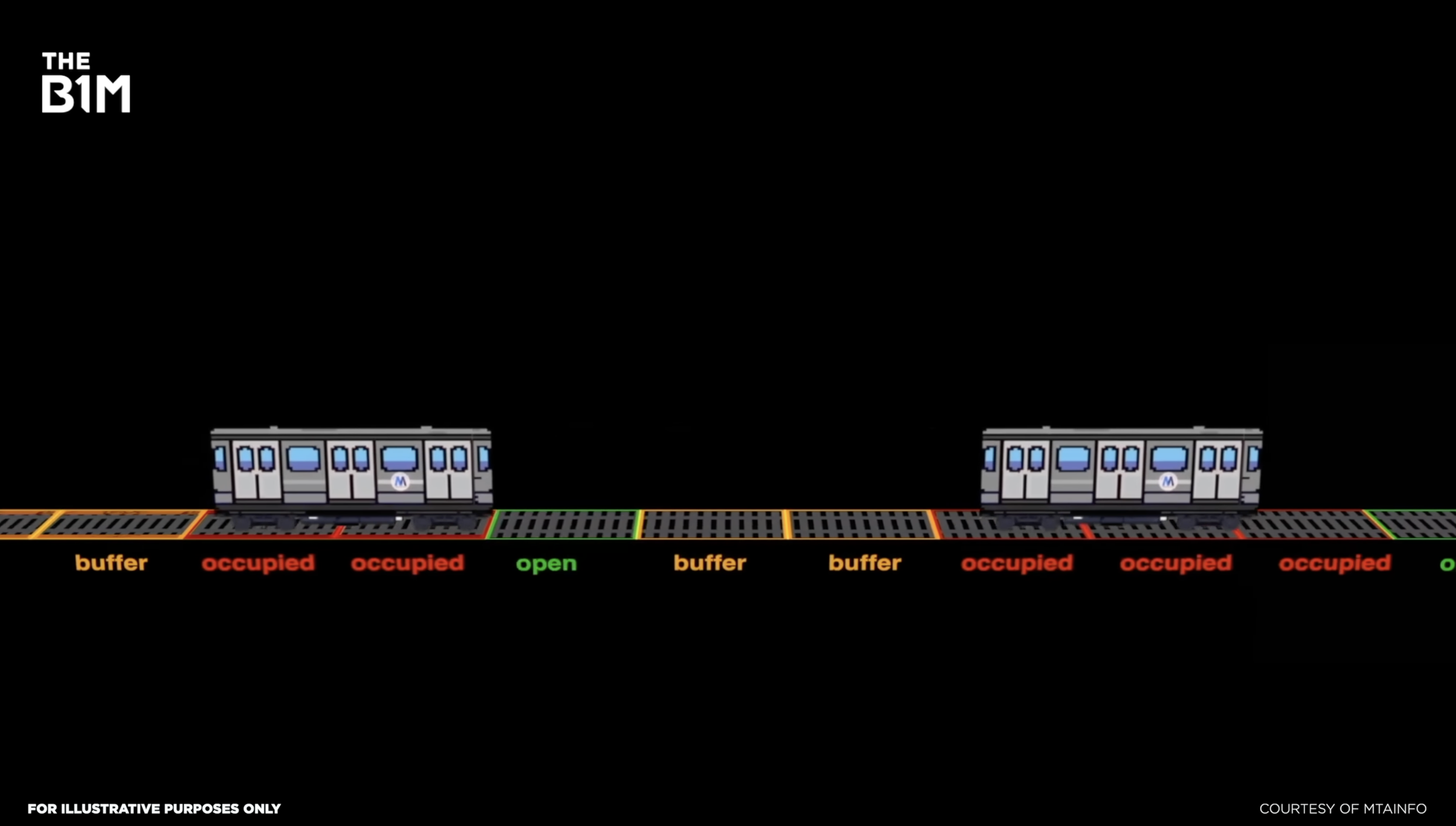
Above: The New York City Subway's 'buffer zones'. Courtesy of MTAINFO.
It’s one of the oldest ways of managing traffic on railways and it's very safe. What it’s not is efficient.
The blocks vary in length and there’s no direct communication between the signaller and the driver, which means no-one really knows exactly where a train is. Because of that, the system is inherently over cautious and doesn’t allow for a high frequency of trains.
In other words, it’s safe but slow and boring. With communications based train control, trains send their location, speed and direction directly to the controller.
This means a buffer can be created around the moving train, reducing the amount of empty space on the track and allowing other trains to travel more closely and at higher frequency. 75 miles of CBTC signalling is being installed on nine lines over the next four years. And in case you’re not convinced, this system is already bearing fruit elsewhere on the network.
Starting in the early 2000s, the L and 7 lines were both upgraded with CBTC and have since gone on to become the most reliable lines on the network, with on-time performance hitting over 90 percent.
Another major upgrade, which might not be quite as popular, is ticket barriers. In 2021-21, the MTA lost over USD $1BN in revenue due to fare dodging. A pilot scheme for new gates began in 2024. There are still several options being looked at but the MTA has declared progress has been made.
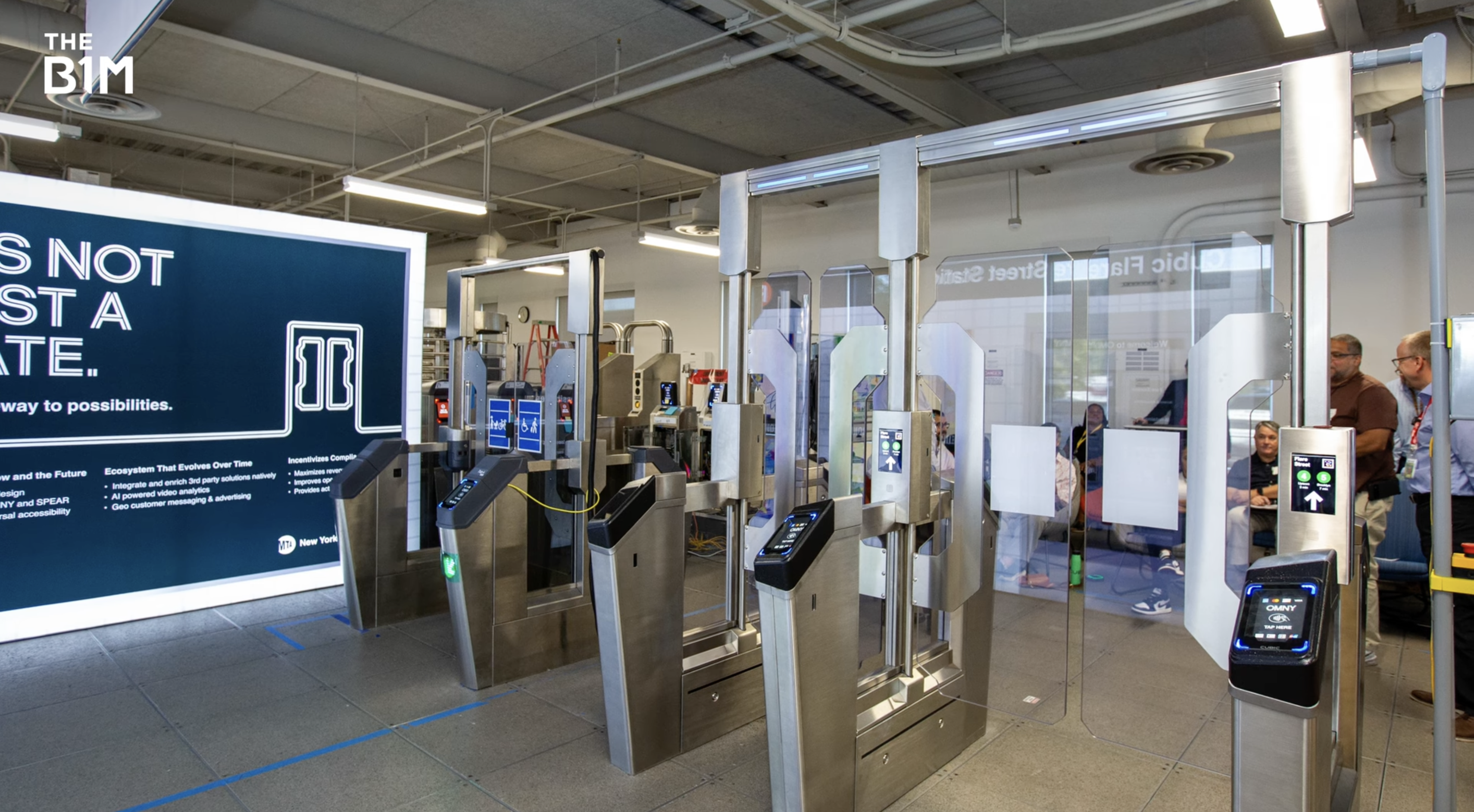
Above: An example of the new turnstyles being trialled at some stations. Image courtesy of the MTA.
Turnstyle jumping is down 60 percent at stations where shields and fins have been installed and the MTA announced a 30 percent network wide drop in fare evasion from the end of 2024 to the start of 2025.
As significant as the lost revenue from fare dodgers is, it's not the only problem the subway faces. A full quarter of the funding for the new capital plan comes from a hugely controversial congestion charge.
Since the charge was introduced in January, it has become a lightning rod for political challenges and lawsuits from some very high profile New Yorkers. In February this year, the Trump administration took the MTA to court in an attempt to cancel the tax. A number of other lawsuits at the state level, including eight from New Jersey are currently working their way through the courts.
It’s tempting to see the toll as an easy target but New Jersey’s lawsuits cut deep. For commuters on the other side of the Hudson that make up the 250,000 daily car trips into the city, getting in by rail is hardly an option.
NJ Transit is underfunded, overcrowded and notoriously unreliable, and the century-old tunnels into Penn Station creak under the strain of hundreds of thousands of riders every day. From their perspective, they’re being asked to stump up for the MTA’s problems while their own rail system is falling apart.
An injunction has allowed the city to continue to collect the toll pending the outcome of the lawsuit, but should it lose there’s no clear plan to replace the single biggest portion of the budget. And to top it all off, some question whether the huge USD $68BN price tag would be enough.
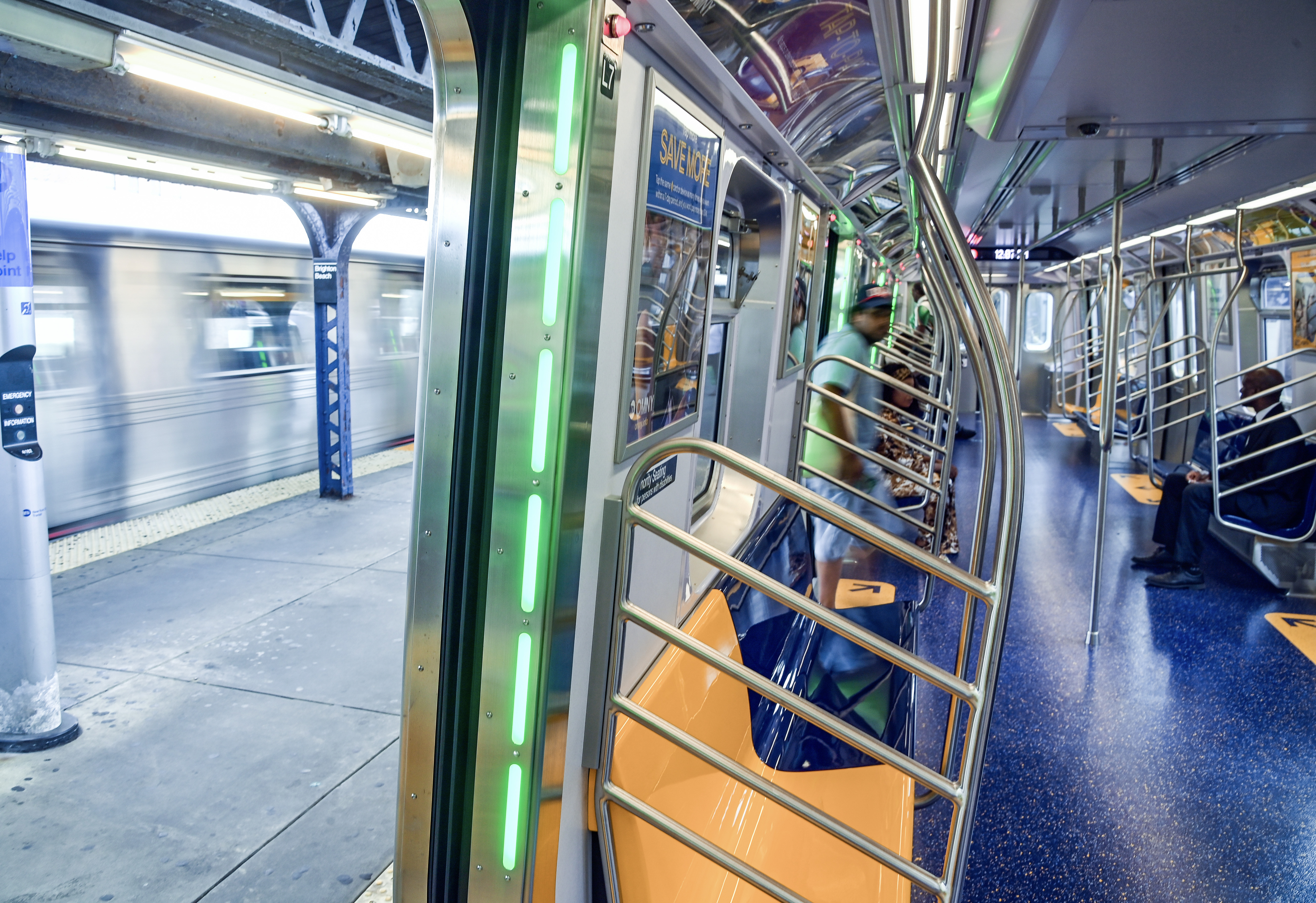
Above: Inside one of the new train cars being unveiled in New York. Courtesy of the MTA.
The new CBTC signalling system has worked wonders where it’s been rolled out, but that’s come at a huge cost. The number seven line upgrade ran five years over schedule and USD $157M over-budget. And similar upgrades currently underway on other lines are already years behind schedule.
It seems almost inevitable that this upgrade plan will run into the same trap, because New York has some of the highest construction costs in the world.
Building anything here takes longer and costs far more than it should, and the reasons are baked into the system. Labour rules, restrictive procurement processes, and layers of bureaucracy all add years and billions to even the simplest projects.
The Second Avenue Subway is the textbook case: what was meant to be a straightforward two-mile extension ended up costing more than USD $4.5BN, making it the most expensive stretch of subway track ever built at over USD $2BN per mile.
The capital plan may just go to plan. With such a massive amount of investment, it's reasonable to expect a decent upgrade in service.
But even if every dollar is well spent, the subway is never going to be perfect. But you know what, that’s fine.
Because the New York subway has its own… magic. Something that goes beyond regular, punctual trains. For all its faults, it's as much a part of New York as sky high buildings or sky high rent.
So, whilst we really hope it improves, please, never change.
Additional footage and images courtesy of MTAINFO, Conan O'Brien, MTA Live, i has been censored [MTA T Train], PIX11 News, Analoa TV, NBC, FOX5 News, NEWS12, CBS New York, Sociétè du Grand Paris, Silent Assistant in Japan.
We welcome you sharing our content to inspire others, but please be nice and play by our rules.
